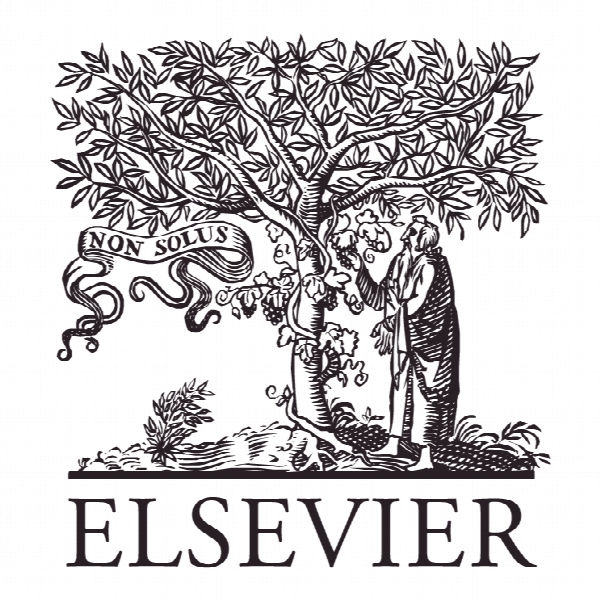ارزش اخبار پخش مطبوعات شرکت های هلندی به عنوان پیش بینی کننده قدرت ساخت دستور کار شرکت The news value of Dutch corporate press releases as a predictor of corporate agenda building power
- نوع فایل : کتاب
- زبان : انگلیسی
- ناشر : Elsevier
- چاپ و سال / کشور: 2017
توضیحات
رشته های مرتبط مدیریت و علوم ارتباطات اجتماعی
مجله بررسی روابط عمومی – Public Relations Review
دانشگاه دانشکده ارتباطات ASCoR، آمستردام، هلند
نشریه نشریه الزویر
مجله بررسی روابط عمومی – Public Relations Review
دانشگاه دانشکده ارتباطات ASCoR، آمستردام، هلند
نشریه نشریه الزویر
Description
1. Introduction Media reputation and media attention are considered important resources for organizations. Media reputation has been associated with organizational performance (e.g., Deephouse, 2000) and media attention in general may be required for several reasons, for example to communicate crisis responses (Holladay, 2009), to build a good reputation among the public (e.g., Carroll, 2011) or in case of publicity on key events for organizations, such as corporate take overs, or leadership changes (Westphal & Deephouse, 2011). Hence, organizations put considerable effort in attracting media attention for their agenda, often by issuing press releases. The aim of such press releases is to get the organization’s story in the news and influence the amount of media attention that is beneficial for the organization. Organizations trying to promote themselves or the salience of their issues are part of the agenda setting process (McQuail, 2005) From this point of view we address factors influencing the level ofthis ‘agenda building power’ of corporate press releases, because press releases are part and parcel of agenda building strategies of organizations. Agenda building refers to “how the press interacts with other institutions in society to create issues of public concern” (Weaver & Elliott, 1985, p. 88). Agenda building relates to agenda setting; it precedes it. Kiousis, Popescu, and Mitrook (2007) add that public relations activities are crucial to the formation of the media agenda. Agenda building power in turn is defined as the influence of these ‘other institutions’ on the media agenda, by supplying the media with information subsidies, such as press releases (Berkowitz & Adams, 1990). Agenda building also refers to the political process of corporations trying to influence the public policy agenda with their private issues, behind the scenes and in public (Berger, 2001). This raises the question of what makes for a successful press release, meaning a press release that actually draws media attention? Earlier investigations of factors influencing this agenda building power of press releases found the sources providing the press releases, relation of the press release topic to an event, novelty of the press release topic, text composition and timely transfer to journalists to be relevant factors (Berkowitz & Adams, 1990; Seletzky & Lehman-Wilzig, 2010; Turk & Franklin, 1987). However,these studies consider very specific local contexts. Moreover they address factors contextualizing the actual information subsidy, but hardly the characteristics of the actual message of the press release. In many cases such studies underestimate the journalistic routines and either picture it as a purely individual practice, or leave it unquestioned. One could say these studies lack a theoretical understanding of the selection processes of the news media, which is of high importance as it is the journalists embedded in particular editorial contexts, who make the decision to select a press release as a news source or not(Shoemaker & Vos, 2009; Reich, 2011). Therefore, this study on the agenda building power of corporate press releases is focused on understanding that news selection process. To an important extent, news decisions depend on the newsworthiness journalists ascribe to an event or information subsidy. In order to analyze the ascribed newsworthiness of press releases we adopt the news factor theory (Harcup & O’Neill, 2001). How journalists consider press releases, or sources in general, differs per news genre (Reich, 2011). In this study, we focus on one type of news, which is news on large corporations, so the influence of the type of source as well as news type is constant. Hence, this study seeks to investigate which elements of corporate press releases trigger journalists to adhere newsworthiness to the press release and consequently select it to be part of the news agenda this leads to the following research question: how do news factors and other characteristics of press releases of large Dutch corporations influence the amount of news media attention based on these press releases?Ruhrmann, 2008). Although Rosengren already pointed out that in order to assess the influence of news factors, one needs to compare the news with external data—i.e., event characteristics (Kepplinger & Ehmig, 2006; Rosengren, 1970; Staab, 1990), many studies navigate solely on the investigation of news.


